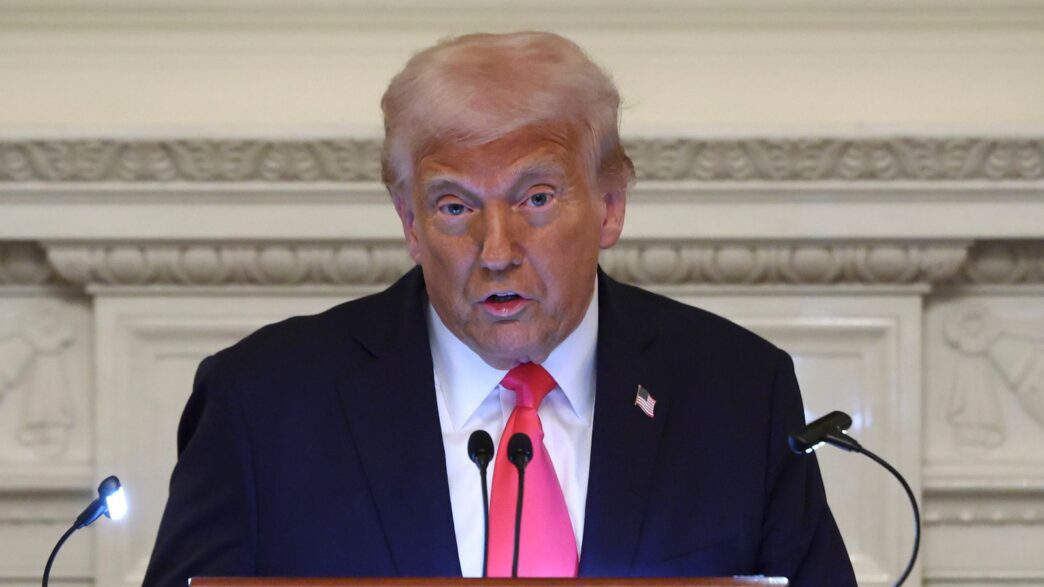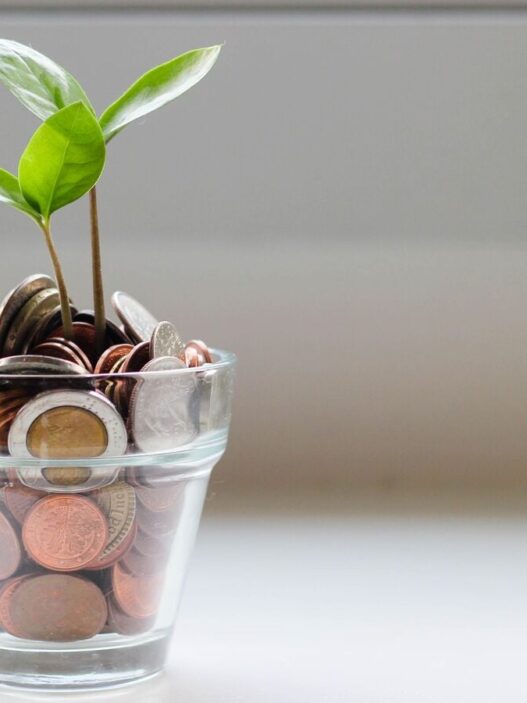Here is a number to lodge in your brain in the coming weeks and months: 48%.
Last year a group of economists carried out an an analysis on the economic impact of the Iron Curtain; how much trade actually took place from east to west in spite of all the restrictions during the Cold War. They came to the conclusion that, at its height in 1951, “the Iron Curtain represented a tariff equivalent of 48%”.
As the world limbers up ahead of what Donald Trump calls his “liberation day”, that figure is worth keeping in your mind.
Right now, the average dutiable rate of tariffs on China is somewhere between 30% and 40%. But in the event that the president imposes another 20% of tariffs on China, the level of tariffs between these two trade partners will rival or possibly exceed those Iron Curtain levels.
No-one is sure what will happen next. What number will the President choose for his next round of tariffs? 10%? 20%? Or the 25% rate he has favoured for steel, aluminium and cars? Will the next round of tariffs announced this week be imposed on every country? Will they just be imposed on the so-called “dirty fifteen” the Treasury Secretary has talked about? Who, for that matter, are the “dirty fifteen”?
We don’t know the answers to these questions. Nor do other world leaders like Keir Starmer. Nor, for that matter, do many in the White House, it seems.
But, back to that number at the top. The tariffs being talked about by the president and his colleagues are now approaching serious levels. Once you start facing cumulative tariffs approaching 50% then, as we saw during the Cold War, many countries stop trading altogether.
And with those kinds of charges looming it’s no surprise many businesses and traders are taking radical steps to try to prepare for the coming months of chaos. Consider two examples.
The first is to be found if you look at the exports (transfers is probably a better word in this case) of gold from the UK to the US. Up until a few months ago these flows averaged about £22m a month. Then, as traders fretted about the imposition of tariffs and controls on everything (including gold), there was a totally unprecedented exodus of gold bars from the UK to the US – £1.2bn in December and £6.1bn in January. These numbers, it goes without saying, are totally unprecedented. We’ve never seen outflows like this before.
The other data point (somewhat related) is to be found by looking at the US balance of payments. Remember the whole point of these tariffs is to try to eliminate (or at least reduce) America’s trade deficit with the rest of the world. President Trump wants the country to produce more goods and import less.
Read more:
What do Trump’s tariffs mean for the UK?
Tariffs: The rewards and risks for US as trade war intensifies
But in the past year, the US trade deficit has literally doubled. Up from £67bn in January last year to £131bn this January. Again, this is unprecedented. It’s a hallmark of the fact that importers were scrambling to bring as much stuff into the country as possible (not just gold, but machinery, metals, cars, electronics – everything) before tariffs got imposed.
The great irony, then, is that the first impact of the Trump tariffs has been to send the trade deficit in the opposite direction from the one the President is aiming for. It will, of course, lurch back the other way in the coming months. But where it ends is anyone’s guess. In the meantime, more chaos and instability awaits. Hold onto your hats.














